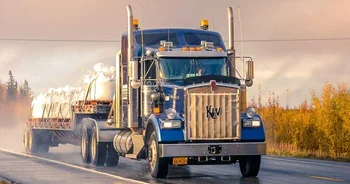Canadian 'superpigs' are migrating to the U.S.

U.S. authorities are trying to stop the invasion.
In Canada, the population of so-called "superpigs," feral hybrids that combine the survival skills of the wild Eurasian boar with the size and high fecundity of domestic pigs, is growing rapidly. This non-native North American species threatens local ecosystems, experts say. And now they are also crossing the border into the United States.
Ryan Brook, a professor at the University of Saskatchewan and one of Canada's leading experts on the problem, likens the spread of feral hogs to an "ecological train wreck."
Where did they come from?
In the 1980s, Canadian farmers began actively breeding wild boars. After reaching a peak in 2001, the industry collapsed dramatically. That's when many owners simply released the pigs into the wild. It turned out that they survived Canadian winters well.
Smart, adaptable and furry animals are unpretentious eaters: they devour crops, wildlife and tear up the ground in search of bugs. They also reproduce very, very quickly and carry severe diseases like African swine fever. What's more, feral pigs can be aggressive toward humans. There's even a documented case of a woman being killed in Texas in 2019.
Scope of the problem
Feral pigs are now common in three Canadian provinces: Alberta, Saskatchewan and Manitoba. Recently, scientists have been alarmed by the species' southward migration to the U.S. states of Minnesota, North Dakota and Montana. Americans are desperately confronting the growing superpig population. The U.S. Department of Agriculture is using airplanes and drones to increase surveillance along the northern border.
According to Brook, eradication of feral hogs in Manitoba and Saskatchewan is no longer possible — only population control. But the situation is not hopeless everywhere, and several U.S. states have completely eliminated them.
Experts do not consider hunting to be an effective control method. At the very least, because the pigs reproduce too quickly. Instead, they recommend a systematic approach: special traps and net guns.

















